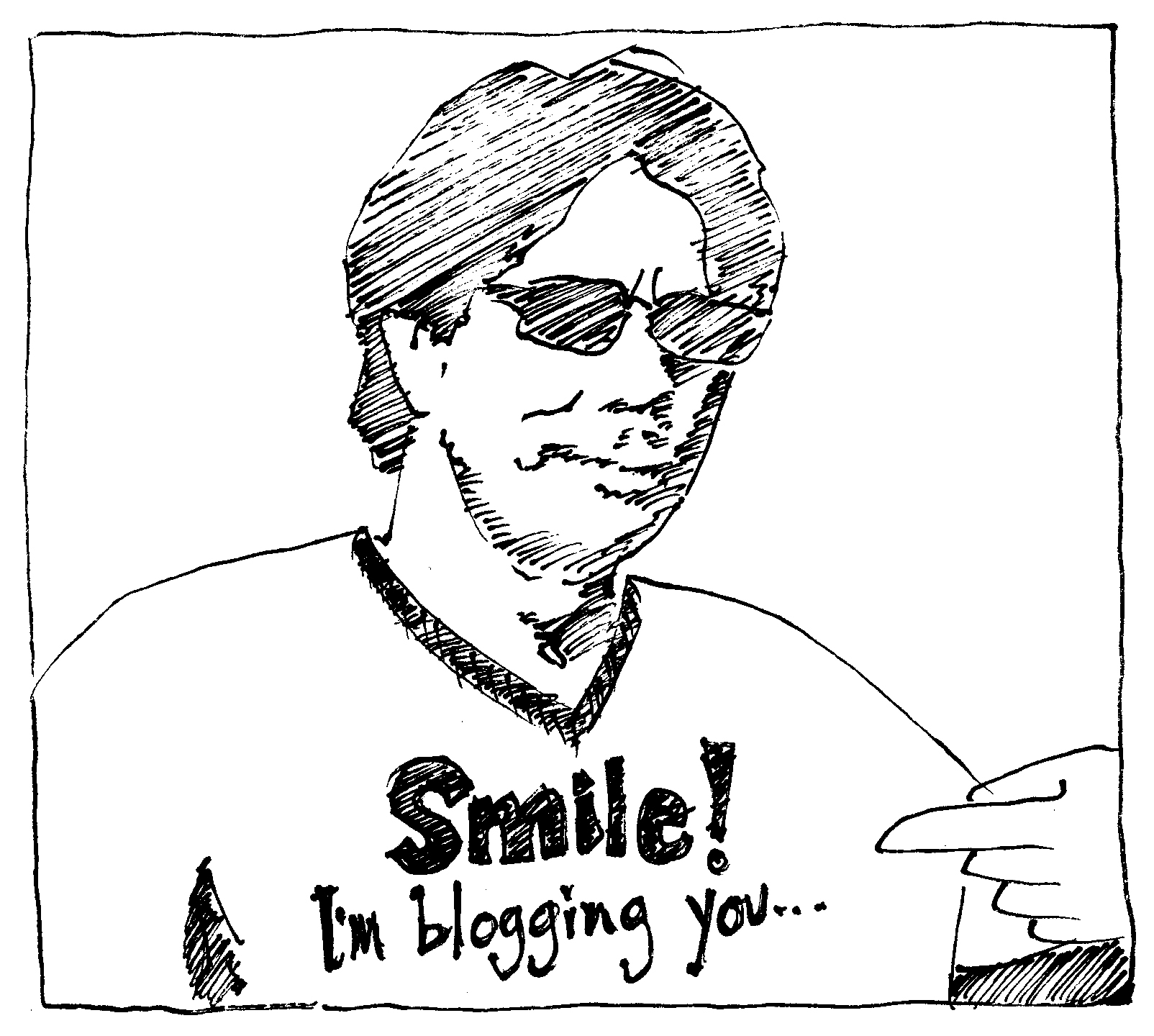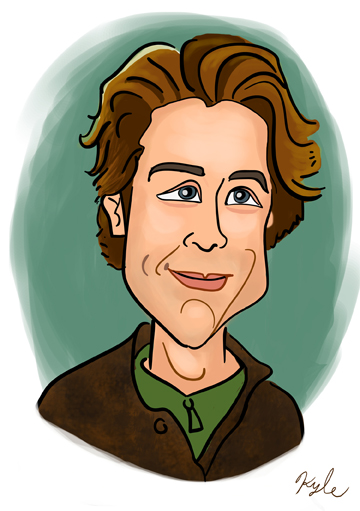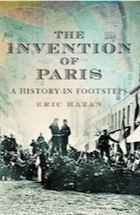Argentine writer Julio Cortázar‘s short story La autopista del sur (The Southern Highway) opens on a Sunday afternoon north of Fontainebleau, France amidst a traffic jam of anxious, overheating weekenders returning to Paris. Trying to return to Paris.
They check their watches, move a few inches each time they get the chance, tell themselves contradictory stories about what has caused the jam, and wait expectantly for an authority to clear things up.
But no authority takes charge. Nothing clears up. Paris becomes an abstraction, the metaphorical Ithaca that catalyzes Odysseus’s adventures and storytelling.
Are you with me so far? Good.
Top up your coffee; add a dollop of bourbon. You’re going to need both. And if my Cortázar Homer two-step’s already gotten you out of your comfort zone, you just might want to stop here. Seriously. As in, stop listening/reading. Go load the laundry. Turn on the tube. Tweet a friend. Talk about the weather. Because the Cortázar Homer two-step is… It’s just the warm up. The big jig – the toe tapping, deep dipping, smooth sliding number I’m about to dance (and sing) – it’s bodacious. And it’s liable to blur the steps you’re already dancing. More than a little.
Still with me? Laundry be damned!
There’s a new tune in town. And a new dance.
Remember the eBook Summit 2010? Presenters were rhyming and jiving as if their careers depended on it (I suppose they do), innovating right there in front of our eyes. Remember the vook boogy and the broadcastr shuffle? Of course, some presenters were wearing fancy new clothes but humming the old tunes and dancing the old steps. It was a mixed bag.
Publishing industry representative weren’t in sync; presenters were shimmying to at least two totally different rhythms, one oh-so-retro and the other post-post-modern.
Fast forward to the 2011 Writer’s Digest Conference. This conference was different. There was much greater alignment of wills and visions. Embracing digital books, digital distribution and digital platforms; embracing print on demand; embracing indie publishing; even embracing increasingly transmedia-oriented publishing alternatives.
I spent Friday, Saturday and Sunday riffing with many of the five hundred writers in attendance about manuscripts, queries, pitches, proposals, platforms, print books, digital books, etc. And not just writers. The event was thick with editors, publishers, agents, platform builders, app creators,… Three days of presentations by individuals at the bleeding edge of 21st century publishing, professionals reinventing storytelling in the digital age.
On Saturday afternoon, from 3:15 to 5:15, I pitched my memoir Rosslyn Redux to literary agents, many encouraging, interested and full of advice. Most asked for a proposal. Incredible! Actually, the whole experience was incredible, from the controlled chaos of the event itself to the real-time, time-lapse “pitch tuning” made possible by pitching, pitching, pitching. Picture 500+ writers navigating a too tight, too hot, too dimly lit conference room at the Sheraton. Picture 58 literary agents sitting around the perimeter of the room, surnames affixed to the wall behind them. And lines, serpentine lines of writers, waiting for a chance to sit, smile, inhale, greet, pitch, exhale, smile, listen, inhale, engage, nod, exhale, smile, thank, stand and then head off to the next line. And bells, so many bells, every three minutes another bell ringing announcing the change. Next writer. Next pitch. Three minutes. Ninety seconds to pitch, ninety seconds to listen, talk, interact, connect. Or not.
We all sang and danced. Then shuffled to the next partner. And sang and danced again. But better. Each time better. Cleaner, crisper, freer. Less book pitch, more dialogue, more collaboration. I’m talking about getting in sync. Flowing. Finding our groove. In fact, at the risk of bludgeoning this song and dance metaphor into oblivion, the whole weekend was about finding our groove. A new groove, but our own groove. Does this make sense?
Like Cortazar’s protagonist, we writers started the #wdc11 adventure hyper-focused on our destination: deliver the perfect pitch to the perfect agent. I’m generalizing. I’m referring to the majority of the attendees. Several writers didn’t intend to pitch. But most did. Most, like me, have been working long and hard on a manuscript. Most, like me, were pitching for the first time. We were learning how to pitch – hopefully how to pitch well – by pitching. And perhaps, if the predictables and the unpredictables were aligned, we’d accelerate our quests toward published authordom.
It wasn’t just during the Pitch Slam that my memory flitted from the low-ceiling, fuzzy lighting and recycled air to Cortazar’s short story. Again and again I thought about the traffic jam south of Paris. An otherwise random assortment of motorists except for a common ambition: get to Paris. But the delay stretches to hours then days with nominal progress and no authority steps in to offer answers, guidance or assistance. Even the change of seasons doesn’t significantly advance the motorists’ progress. Gradually the motorists’ ambition shifts from reaching their destination to surviving the traffic jam. News and rumors circulate. Then are debunked. Then more rumors. Strategies, amities and tensions ebb and flow. Micro communities of motorists coalesce around the rudiments of survival and sickness and birth and death. Life happens. Until, one day, traffic begins to move. Paris comes into view as columns of cars begin to advance – slowly at first, then more and more quickly – toward their destination. The micro community begins to dissolve as the motorists hurtle toward Paris. I’ll leave the final ironic twist to you. Read the story. In Spanish, if you can.
So why all this song and dance?
Here’s the skinny. As writers we’re all traveling in a similar direction. Or trying to. Sometimes we’re all targeting the same destination. We focus – or think we do – like laser beams. We don blinders to eliminate distractions. We stare straight ahead at the destination, press the pedal to the metal, and race headlong toward the goal. Then something shifts, slows us down long enough to question, to regroup, to consider
- whether we’re headed toward the right destination
- whether we’re pursuing the destination in the best manner
- whether the destination has changed since we picked it
- whether we have changed since picking our destination
- whether we’re missing the scenery and the people along the way
If my destination is the perfect pitch, a debut memoir, a rhyzomic platform, a storytelling career for a loyal audience, or all the above, the Writer’s Digest Conference did a bang-up job of slowing me down. In short, the Writer’s Digest Conference provided the proverbial traffic jam. So many writers ostensibly headed in the same direction, hyper-focused but blinded, caravanning along together but mostly disconnected. Until Friday afternoon. Traffic was forced to slow down for three days. We writers are an independent, solitary and stubborn lot, so it wasn’t surprising that we chomped at the bit, test driving our pitches, asking and re-asking for the secret sauce. For a while. Until we got to know the writers sitting next to us. Until Chuck Sambuchino reminded us that pitching is a conversation, that agents were here at their own expense to find promising talent. Until Jane Friedman dilated the menu of writer’s destinations. Until Dan Blank and Guy Gonzalez dilated the perception of a writer’s platform. Until Richard Nash nimbly bridged the solitary-to-social divide and reshuffled the writer/publisher relationship. Until a parade of literary agents shook my hand and welcomed me to the conversation.
The Writer’s Digest Conference was enjoyable. Singing and dancing usually are.
But the Writer’s Digest Conference was more. It was a traffic jam that introduced me to dozens of inspiring, visionary fellow journeyers on this adventure of writing and publishing. It exposed me to the community that can help me and taught me how to ask for help. It created a map and gave me the tools I’ll need to reach my destination.
Like this:
Like Loading...
















